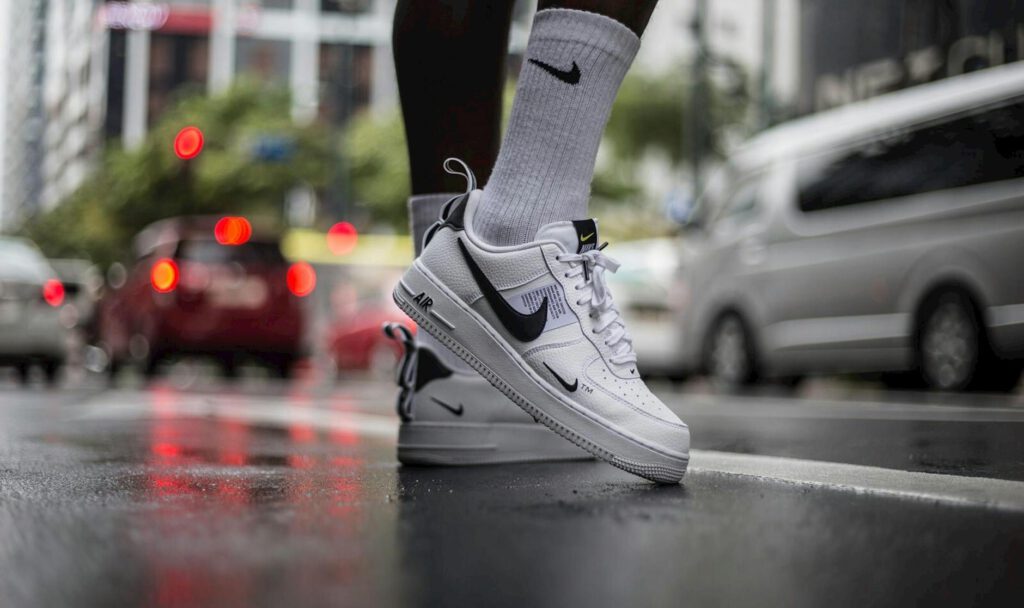****
Introduction
In an era where e-commerce dominates, brick-and-mortar businesses face the ongoing challenge of attracting customers to physical locations. However, pop-up events have emerged as a powerful strategy to reignite foot traffic, create buzz, and foster community engagement. As we approach 2025, businesses must leverage these temporary yet impactful experiences to stay competitive.
This guide explores how hosting pop-up events can revitalize in-store visits, boost brand awareness, and drive sales. We’ll cover key strategies, real-world examples, and essential tools to help you execute successful pop-ups that captivate audiences.
Why Pop-Up Events Are Essential for Foot Traffic Revival
Pop-up events offer a unique blend of exclusivity, urgency, and experiential marketing that traditional retail often lacks. Unlike permanent storefronts, pop-ups generate excitement by being temporary, encouraging customers to visit before the opportunity disappears.
Studies show that 72% of consumers are more likely to visit a physical store if it hosts an engaging event. Additionally, pop-ups can increase foot traffic by 30-50%, making them a cost-effective way to attract new and returning customers.
With the right approach, businesses can use pop-ups to:
– Drive immediate sales through limited-time offers.
– Test new markets without long-term lease commitments.
– Enhance brand storytelling through immersive experiences.
– Collaborate with influencers or other brands for wider reach.
Subtopic 1: Choosing the Right Type of Pop-Up Event
Not all pop-ups are created equal. The key to success lies in selecting an event format that aligns with your brand and audience. Here are some of the most effective types:
1. Flash Sales & Exclusive Product Launches
Limited-time discounts or first-access product releases create urgency. For example, Nike’s SNKRS pop-ups generate massive foot traffic by offering exclusive sneaker drops.
2. Experiential & Interactive Pop-Ups
Engage customers with hands-on activities. Glossier’s pop-up shops, for instance, feature photo booths, skincare consultations, and free samples—turning shopping into an event.
3. Seasonal or Holiday-Themed Events
Capitalize on holidays like Black Friday, Christmas, or Valentine’s Day with themed pop-ups. Target’s “Winter Wonderland” pop-ups attract families with festive activities and exclusive merchandise.
4. Community & Networking Pop-Ups
Host workshops, panels, or meetups to position your brand as a thought leader. A local bookstore could organize author signings or writing workshops to draw in crowds.
Subtopic 2: Steps to Plan a High-Impact Pop-Up Event
Executing a successful pop-up requires careful planning. Follow these steps to maximize impact:
Step 1: Define Your Goals
- Are you boosting sales, testing a new market, or increasing brand awareness?
- Set measurable KPIs (e.g., foot traffic count, social media mentions, sales conversions).
Step 2: Select the Ideal Location
- High-traffic areas (malls, downtown districts) work best.
- Consider unconventional spaces like rooftops, parking lots, or vacant storefronts for uniqueness.
Step 3: Create a Buzz-Worthy Promotion Strategy
- Use social media teasers (Instagram countdowns, TikTok behind-the-scenes clips).
- Partner with local influencers to amplify reach.
- Offer early-bird incentives (e.g., VIP access, freebies).
Step 4: Design an Immersive Experience
- Use eye-catching signage, interactive displays, and themed decor.
- Incorporate AR/VR elements (e.g., virtual try-ons) for a tech-forward appeal.
Step 5: Measure Success & Follow Up
- Track attendance, sales, and social engagement.
- Send post-event emails with exclusive offers to convert visitors into repeat customers.
Tools & Resources for Hosting Pop-Up Events
To streamline execution, leverage these tools:
Event Management Platforms
- Eventbrite (ticketing and RSVPs)
- Splash (invitations and attendee tracking)
Marketing & Promotion
- Canva (social media graphics)
- Hootsuite (scheduling posts)
Foot Traffic Analytics
- Placer.ai (measures visitor demographics)
- Google Analytics (tracks online-to-offline conversions)
FAQs About Hosting Pop-Up Events
1. How much does a pop-up event cost?
Costs vary based on location, duration, and scale. Small pop-ups can start at $1,000-$5,000, while large-scale events may exceed $20,000.
2. How long should a pop-up event last?
Most run for 3-7 days, but some high-demand events (like art installations) extend to a month.
3. Do pop-ups really increase long-term foot traffic?
Yes—if followed by strong engagement (loyalty programs, email marketing). About 40% of attendees return to the store after a pop-up.
4. Can online brands benefit from pop-ups?
Absolutely. Digital-native brands like Warby Parker and Casper used pop-ups to establish physical presence before expanding.
Conclusion
Pop-up events are a dynamic solution for businesses struggling with declining foot traffic. By offering unique, time-sensitive experiences, brands can reignite customer interest, foster community connections, and drive sales in 2025.
The key lies in strategic planning, immersive execution, and data-driven follow-ups. Whether you’re a local boutique or a global retailer, pop-ups provide a flexible, cost-effective way to stay relevant in an increasingly digital world.
Now is the time to brainstorm your next pop-up—will it be an exclusive launch, an interactive showcase, or a seasonal spectacle? The opportunity is yours to seize.

